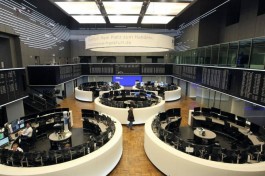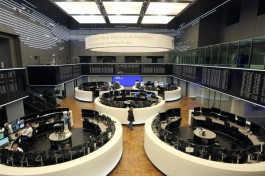San Francisco Federal Reserve President Mary Daly said Wednesday that the central bank needs to cut interest rates to maintain a healthy labor market, but it now depends on incoming economic data to determine how much to cut.
“The health of the labor market has to be sustainable and protected, and we have to be very aware that if policy is too tight, you could get an additional slowdown in the labor market, and in my view, that would be undesirable,” Daly told Reuters in an interview.
Daly and her colleagues are widely expected to cut interest rates at their next policy meeting, on September 17 and 18. The Fed has been raising borrowing costs rapidly in 2022 and 2023 and has kept its benchmark interest rate in a range of 5.25% to 5.50% for more than a year to curb inflation.
Most analysts expect the Fed to commit to a quarter-point rate cut at its September meeting, although analysts are eagerly awaiting the U.S. Labor Department's monthly employment report for August, due on Friday, for any sign of further labor market weakness that could lead to a bigger Fed cut.
Financial markets earlier on Wednesday boosted bets for a half-point interest rate cut this month after government data showed U.S. job openings in July fell to their lowest level in three-and-a-half years, and the ratio of job openings to job seekers — a measure of labor market tightness — is now below the pre-pandemic average.
But for Daly, the report showed that the labor market is balanced but not weak.
Interest rate cut is approaching
Regarding the need to cut interest rates, Daly said: “We have a report on the labor market, a report on the consumer price index,” adding that she will also need to discuss the data with her staff and colleagues in monetary policymaking.
Daly's comments come hours after Atlanta Fed President Raphael Bostic said Wednesday he was ready to start cutting interest rates even though inflation remains above the central bank's target.
Bostic had previously been among the more hawkish policymakers, or advocates of tighter monetary policies to combat inflation, but he indicated that his focus was shifting toward the employment side as signs of weakening labor market strength mounted.
“I believe we cannot wait until inflation is actually down to 2% to begin cutting rates, because that could lead to labor market disruptions that could cause unnecessary pain and suffering,” he said in a letter posted on the Atlanta Fed website.




































